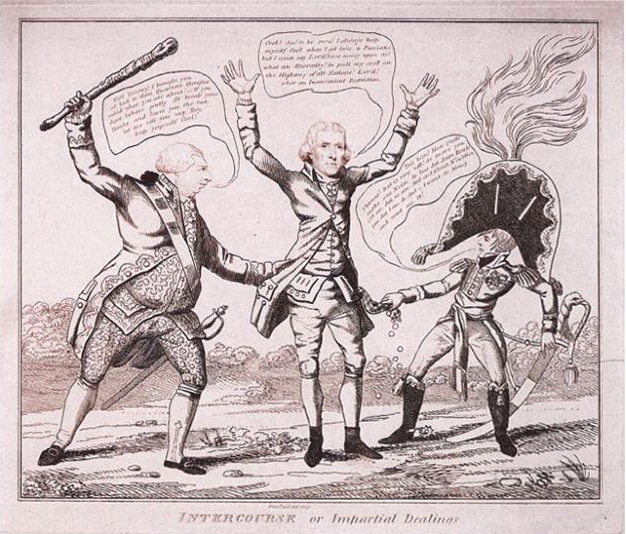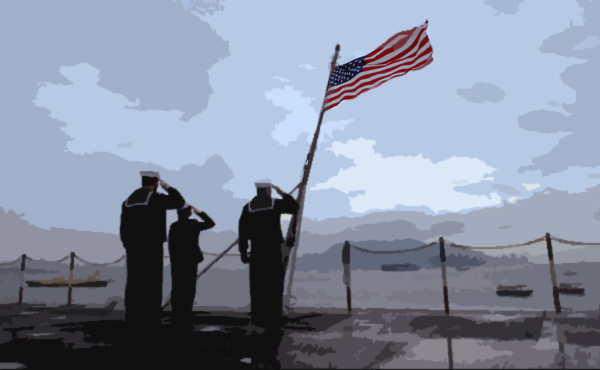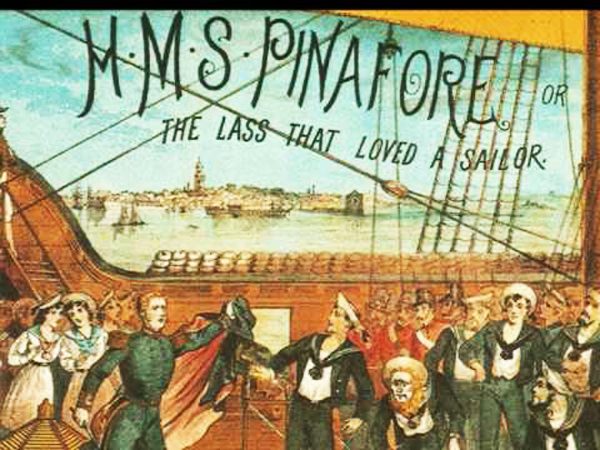

“Ice Ice Baby” - Vanilla Ice
Album: To The Extreme
Released 1990 
Famous Cases of Alleged Music Plagiarism
Vanilla Ice vs. Queen and David Bowie (1990)
Vanilla Ice “Ice Ice Baby” 
Written by Queen, David Bowie “Under Pressure”)  - (sung by Queen, David Bowie (1981)
- (sung by Queen, David Bowie (1981)
Nothing really comes from scratch anymore, and music is no exception. The first thing bands talk about when they form are their influences, and they typically start off by (and never really stop) playing other people’s music.
Entire genres, like folk, blues, and hip-hop, are based upon liberal borrowing out of either tradition or necessity. Simply put, every artist you love, no matter how unique, innovative, and game changing they may be, stands on the proverbial shoulders of giants.
With that in mind, famous instances of alleged music plagiarism. Some cases went to court. Others got shrugged off. Sometimes we think we’re listening to the same song twice. Other times we just don’t hear it that way.
The Case: To anyone with functional eardrums, it's clear that Vanilla Ice's pop-rap crossover hit sampled the bass line to the 1981 Queen/Bowie collaboration “Under Pressure”. But Ice famously insisted that the two melodies are distinct because he added a beat between notes. Ice later claimed that this rationale was merely a joke. Representatives for Queen and Bowie weren't laughing and threatened a copyright infringement suit.
The Verdict: The case was settled out of court, costing Ice an undisclosed sum and earning him a not-insignificant amount of public scorn. Bowie and members of Queen all received songwriting credits on the track.
Why It Matters: “Ice Ice Baby” sparked discussion about the punitive actions taken in plagiarism cases. While copyright laws do a fair job of protecting the financial interests of artists, there are fewer measures in place to protect their creative interests. In this instance, Vanilla Ice willfully used a classic hook without permission. Though he paid the price, some argue that isn't enough to make up for the potential credibility lost by Queen and David Bowie, who are now linked to him through a collaboration they had no choice in joining.
Moreover, Ice's weak defense makes this one of the most hilarious copyright cases of all time.
For the most part, the lyrics are a boastful rant about rocking a party, but there is a semblance of story starting with the line, “Rollin' in my 5.0.” We hear about Vanilla rolling through Miami, checking out the lovely ladies when a shooting breaks out. Vanilla is armed (with his 9mm), but doesn't use it, instead hitting the gas and getting out of there. When the police show up, they ignore him (“They passed me up, confronted all the dope fiends”).
Problem solved.
Ice says that he wrote the lyrics in 30 minutes, and they the are based in fact. He told Entertainment Weekly in 2016: “The song tells you the story. It's me, with my top down, in my 5.0 Mustang, cruising down A1A Beachfront Avenue. It's a weekend experience that turned into an amazing song. It's timeless. I still love singing it, and it never gets old.”
This samples the 1980 song “Under Pressure”  by Queen and David Bowie, but Vanilla Ice never got permission to use it. No lawsuit was filed, but it is likely that Vanilla Ice agreed to pay Queen and Bowie a settlement. According to industry insider Hans Ebert, Brian May of Queen first heard this song in a disco in Germany. He asked the DJ what it was, and learned that it was #1 in the U.S.
by Queen and David Bowie, but Vanilla Ice never got permission to use it. No lawsuit was filed, but it is likely that Vanilla Ice agreed to pay Queen and Bowie a settlement. According to industry insider Hans Ebert, Brian May of Queen first heard this song in a disco in Germany. He asked the DJ what it was, and learned that it was #1 in the U.S.
A rapper for Death Row Records, Mario “Chocolate” Johnson, claimed that he wrote part of this song and was not given credit, leading to a story that has become hip-hop lore. Label boss Suge Knight, along with Johnson and a football player for the Los Angeles Raiders, visited Vanilla Ice and convinced him to sign over the publishing rights to Death Row. It is rumored that part of the convincing involved hanging Vanilla Ice over a balcony by his ankles, but Ice denied it, saying the story got exaggerated and that Knight was polite in his request. Knight made a lot of money from those publishing rights, which went into Death Row Records and the development of artists like Dr. Dre, Snoop Dogg, and Tupac.
On the liner notes of the album, the composer credit is given to Vanilla Ice, Earthquake (his producer, Floyd Brown), and M. Smooth (collaborator Mario Johnson). They also thank MC Hammer, Ice T, Public Enemy, Sir Mix-A-Lot, Cash Money, EPMD, and 2 Live Crew, but there is not mention of Queen or David Bowie. However, Bowie and the members of Queen were later added as composers on the official credits.
When Ice raps about proceeding to “A1A, Beachfront Avenue”, he's referring to the section of State Road A1A in South Beach, Miami where fast cars and beautiful people are found. “Beachfront Avenue” is the nickname for this section, which is officially Collins Avenue. It runs along the famous beaches in Miami and is very much a hot spot.
“Ice ice baby too cold, too cold” is a chant used by the black fraternity Alpha Phi Alpha as seen in the 1988 Spike Lee movie School Daze.
Vanilla Ice's original bio, sent to music critics and other industry folks, was fake, claiming he was from Miami and went to high school with Luther Campbell of 2 Live Crew. This bio stated that the chorus of this track was “a chant that's done by the Alpha fraternity”. This acknowledgment was removed from all further press materials, which didn't help his standing in the black community.
Vanilla Ice was discovered by Tommy Quon, who owned the City Lights nightclub in Dallas. Quon surrounded him with a black backup crew (the VIP Posse) and hooked him up the the club DJ, Earthquake, who produced two sides of a single for Ice. Distributed by Quon's label Ultrax, the A-side was a cover of “Play That Funky Music”  by the disco band Wild Cherry, and the B-side was “Ice Ice Baby”
by the disco band Wild Cherry, and the B-side was “Ice Ice Baby”  . A DJ named Darrell J on the Columbus, Georgia radio station WAGH flipped the single and played “Ice Ice Baby”, which led to a record deal with SBK records. “Play that Funky Music”
. A DJ named Darrell J on the Columbus, Georgia radio station WAGH flipped the single and played “Ice Ice Baby”, which led to a record deal with SBK records. “Play that Funky Music”  was released as the follow up, reaching #4 in the U.S. (Ice didn't credit that song's writer, Wild Cherry frontman Rob Parissi, who sued, collecting over $500,000 in royalties.)
was released as the follow up, reaching #4 in the U.S. (Ice didn't credit that song's writer, Wild Cherry frontman Rob Parissi, who sued, collecting over $500,000 in royalties.)
This was the first single by a rapper to hit #1 in the U.S. It is not, however, the first #1 hit with a rap - Blondie earned that distinction with “Rapture”  , which hit the top spot in 1981.
, which hit the top spot in 1981.
This was nominated for a Grammy in the category Best Rap Performance. The award went to MC Hammer's “U Can't Touch This”  . It was only the second year a Grammy was given in the category, and the first was won by DJ Jazzy Jeff And The Fresh Prince (Will Smith) for “Parents Just Don't Understand”
. It was only the second year a Grammy was given in the category, and the first was won by DJ Jazzy Jeff And The Fresh Prince (Will Smith) for “Parents Just Don't Understand”  . These choices didn't go over well among many in the rap community who felt they were awarding irrelevant songs that could hardly be considered rap; Public Enemy was nominated along with MC Hammer and Vanilla Ice, and protested the show. Ten years later, attitudes changed and Eminem was a big winner at The Grammys.
. These choices didn't go over well among many in the rap community who felt they were awarding irrelevant songs that could hardly be considered rap; Public Enemy was nominated along with MC Hammer and Vanilla Ice, and protested the show. Ten years later, attitudes changed and Eminem was a big winner at The Grammys.
Vanilla Ice, official website / Rolling Stone / COS /
Billboard / All Music / Song Facts / Vanilla Ice
Image: “To The Extreme (album)” by Vanilla Ice

A Test for People Who Know Everything
From the Jeopardy Archives Category - “IN OLDEN TIMES” ($200)
“Before 100 A.D.: manuscripts are stored in caves, to later be called these scrolls named for a body of water.”
● Answer for People Who Do Not Know Everything, or Want to Verify Their Answer Smithsonian.org
From the Jeopardy Archives Category - “IN OLDEN TIMES” ($600)
“5th century B.C.: Athenians carry out an ambitious building program on this hill with a name meaning 'upper city'.”
● Answer for People Who Do Not Know Everything, or Want to Verify Their Answer UNESCO.org
From the Jeopardy Archives Category - “IN OLDEN TIMES” ($1,000)
“Around 313: this Roman emperor starts championing Christianity.”
● Answer for People Who Do Not Know Everything, or Want to Verify Their Answer Encyclopædia Britannica
Answer to Last Week's Test
From the Jeopardy Archives Category - “CAPTAINS” ($200)
“This pirate of the Caribbean says, 'My vessel is magnificent and fierce and huge-ish'”
● Answer: Captian Jack Sparrow. Forbes
From the Jeopardy Archives Category - “CAPTAINS” ($600)
“This rum calls itself 'the original party spirit'.”
● Answer: Captain Morgan. CaptainMorgan.com
From the Jeopardy Archives Category - “CAPTAINS” ($1,000)
“In some versions of the maritime legend, Vanderdecken is the captain of this spectral ship.”
● Answer: The Flying-Dutchman Encyclopædia Britannica

Joke of the Day
“George Washington Chopping Down The Cherry Tree - Outhouse In The River”

“Married Four Times”

Married Four Times
The local news station was interviewing an 80-year-old lady because she had just gotten married for the fourth time.
The interviewer asked her questions about her life, about what it felt like to be marrying again at 80, and then about her new husband's occupation.. “He's a funeral director”, she answered.
“Interesting”, the newsman thought... He then asked her if she wouldn't mind telling him a little about her first three husbands and what they did for a living.
She paused for a few moments, needing time to reflect on all those years.
After a short time, a smile came to her face and she answered proudly, explaining that she had first married a banker when she was in her 20's, then a circus ringmaster when in her 40's, and a preacher when in her 60's, and now - in her 80's - a funeral director.
The interviewer looked at her, quite astonished, and asked why she had married four men with such diverse careers.
She smiled and explained, ... “I married one for the money, two for the show, three to get ready, and four to go.”






































